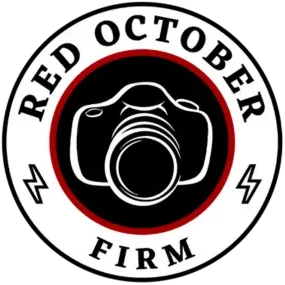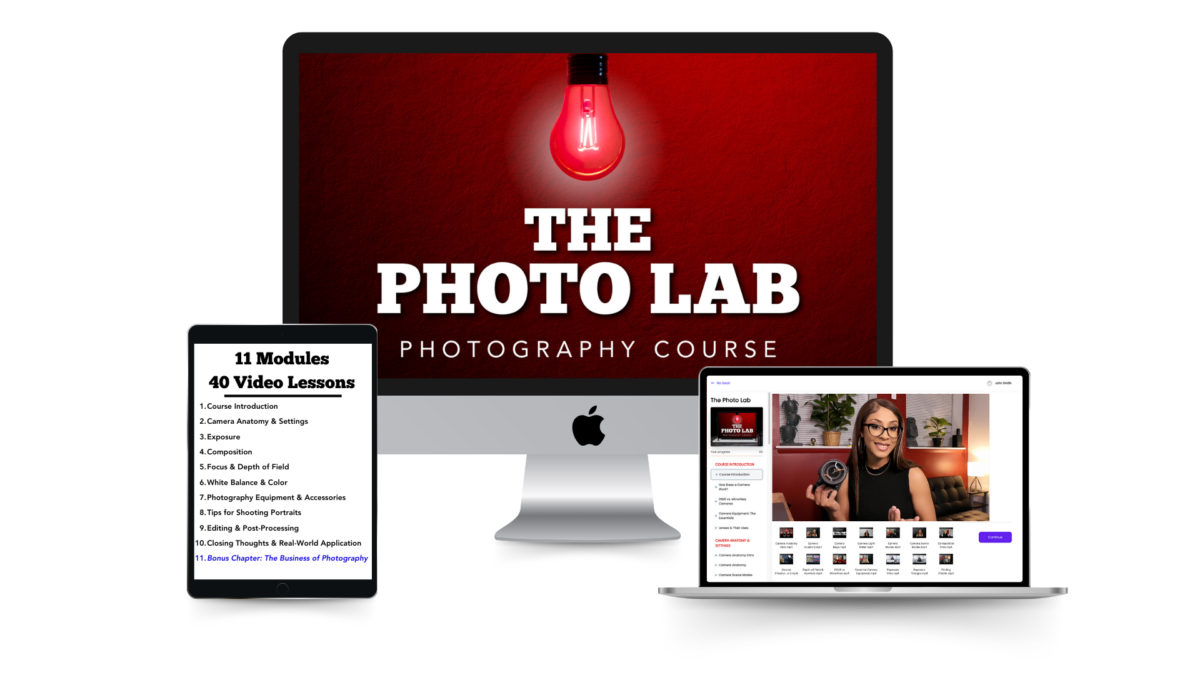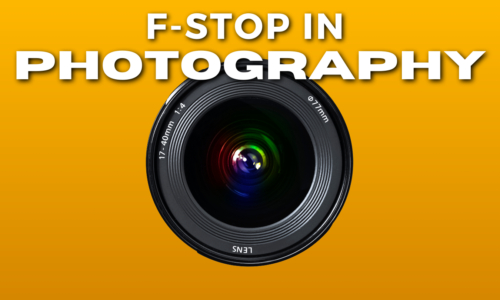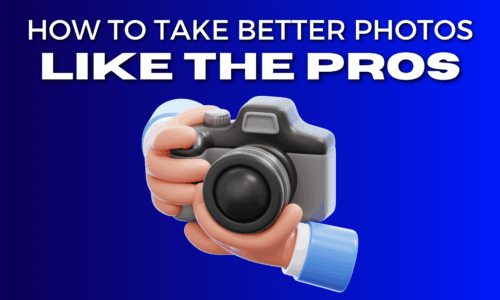What is Aperture in Photography (An Easy to Follow Guide)
Have you ever looked at a photo and felt the power of the moment?
Are you curious as to how the photographer achieved that stunning, blurry background or photographed the razor-sharp details?
The secret lies in the aperture.
It’s the true warrior of your camera’s lens that shapes the outcome of your images. If you’re an anime fan, it’s like Goku from Dragon Ball Z.
Imagine you’re Goku powering up for a Kamehameha Wave or Spirit Bomb. As you focus your energy, the light intensifies. This is much like how the aperture controls the amount of light entering your camera.
Its opening adjusts to control the flow of light and the focus of your photo.
Just as your pupil expands or contracts to let in more or less light, the aperture opens wide or narrows down, affecting the clarity of your shot.
And once you’ve mastered aperture, you can take your photography game to another level.
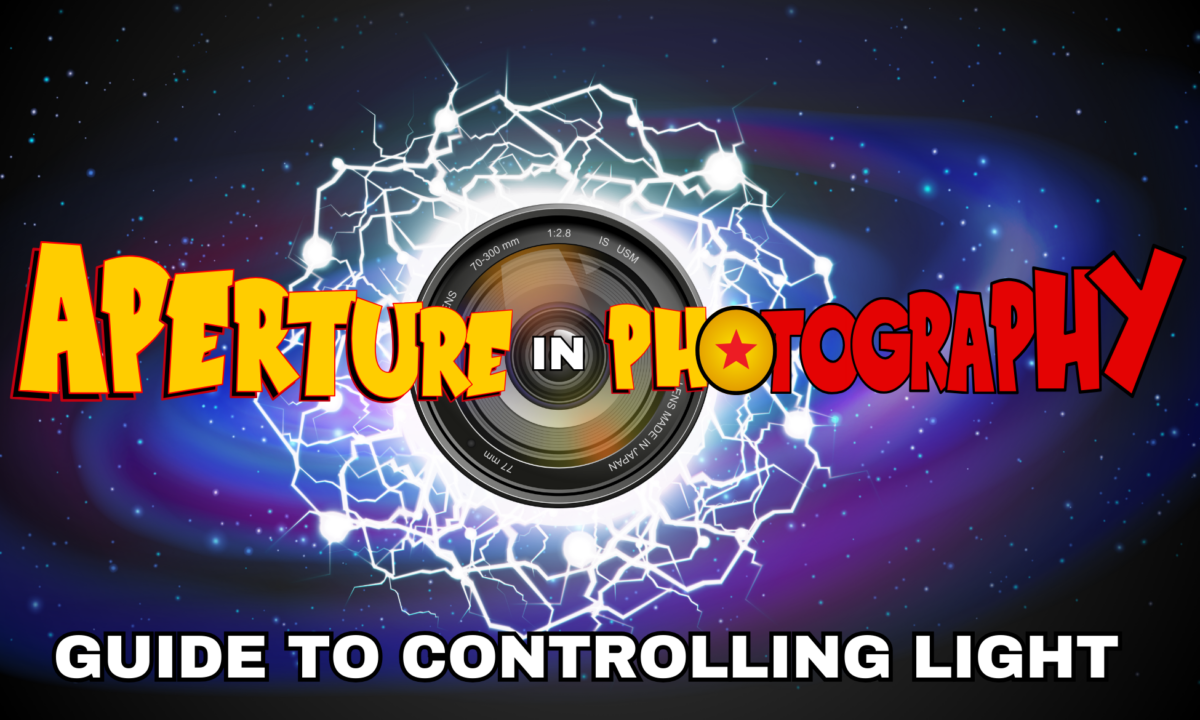
A wide aperture blurs the background, allowing your subject to stand out like Goku once he’s gone Super Saiyan in a fierce battle.
Conversely, a narrow aperture keeps everything sharp and clear. Perfect for capturing vast landscapes that stretch as far as the eye can see.
Learning how to use the aperture is an enormous step in transforming your photography from boring shots to epic masterpieces. Because the power of your camera’s aperture will take your photography from okay to amazing.
What is Aperture in Photography?
The aperture is the opening in your camera lens that lets light pass through to the sensor.
The size of this opening affects 2 things in your photos:
- How bright your photo is and…
- How sharp your photo is.
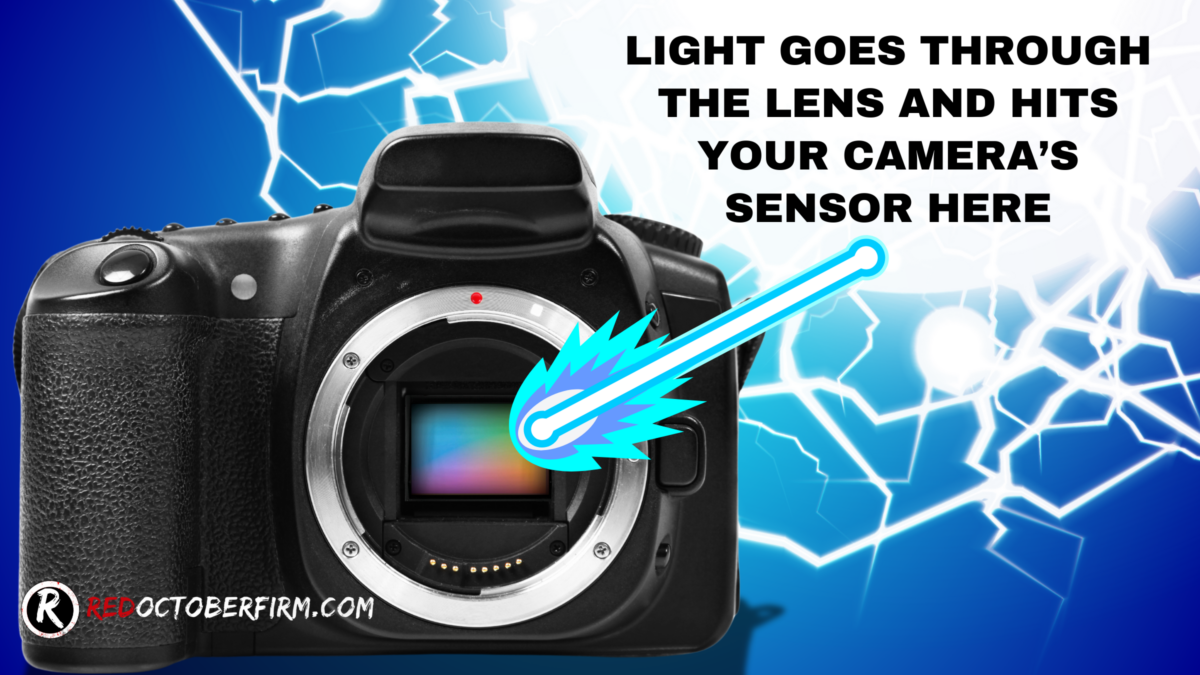
How I Use The Exposure Triangle
Aperture works with Shutter Speed and ISO to control exposure (the brightness of your photo).
It’s like a window – a bigger opening lets in more light, making your photo brighter. A smaller opening lets in less light, making it darker.
You can adjust the aperture to balance out changes in shutter speed or ISO.
For example, if you’re shooting at a concert, it’ll be really dark inside the building. This means you need more light to illuminate your camera. The musicians will be moving around a lot on stage, so you’ll need to be really fast with your photos.
To do this, you would want to open up the aperture to let in more light.
Then change your shutter speed to take fast shots.
Finally, if the photos are still too dark, adjust the ISO to brighten the photo some more.
I would typically change my camera settings in this order on manual mode. But if it’s still kind of confusing, try aperture priority mode.
You’d set the aperture, and the camera would choose the shutter speed. This gives you control over the depth of field while the camera handles exposure.
Aperture and Depth of Field
Aperture affects how much of your photo is in focus. This is called depth of field. A wide aperture (small f-number like f/1.8) gives you a shallow depth of field. This means only a small part of your image is sharp, with the rest blurry.
A narrow aperture (a large f-number like f/16) gives you a deep depth of field. This means more of your image will be in focus from front to back.
Wide apertures are great for portraits, where you want the subject sharp but the background blurry. And narrow apertures work well for landscapes and group photos, keeping everything in focus.
Measuring Aperture: F-Numbers
Aperture is measured in f-numbers or f-stops. And these numbers might seem confusing at first.
A smaller f-number actually means a larger aperture opening.
Common F-Stops Include The Following:
- f/1.4 (very large opening)
- f/2.8
- f/5.6
- f/11
- f/22 (very small opening)
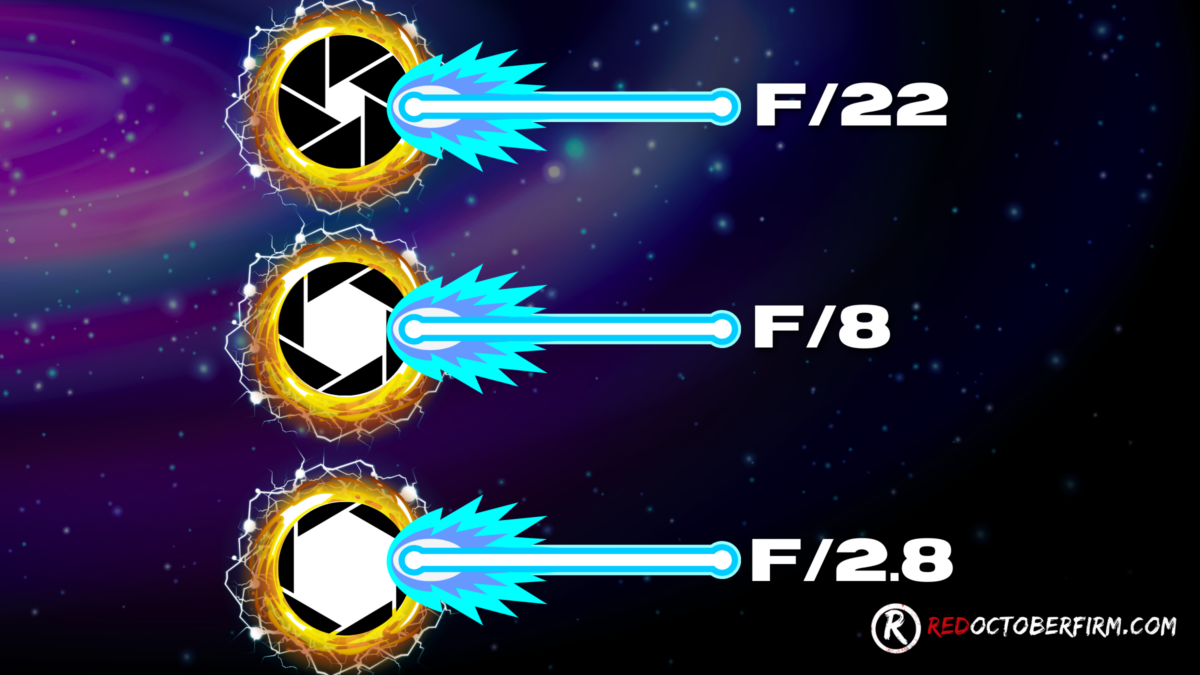
Each step down in this list halves the amount of light let in. So f/2.8 lets in twice as much light as f/4.
Your lens decides the maximum and minimum apertures you can use. A “fast” lens has a wide aperture like f/1.4 or f/1.8.
The Impact of Aperture on Photography
Aperture controls the light, focus, and mood of your photos.
Aperture in Portrait Photography
In portraits, you would want to use a wide aperture like f/2.8 or f/4 for that blurry background. This makes your subject pop. The soft blur is called bokeh. It’s great for hiding messy backgrounds too!
Wide apertures let in more light, which helps in dim settings. You can use faster shutter speeds to freeze motion, and your portraits will be sharp and clear.
But be careful. Very wide apertures make focus tricky. Only a small part of your subject might be sharp. The eyes could be in focus, but the nose might be blurry.
Aperture in Landscape Photography
For landscapes, you often want everything sharp.
A small aperture like f/11 or f/16 works well. It keeps near and far objects in focus. This is called a large depth of field.
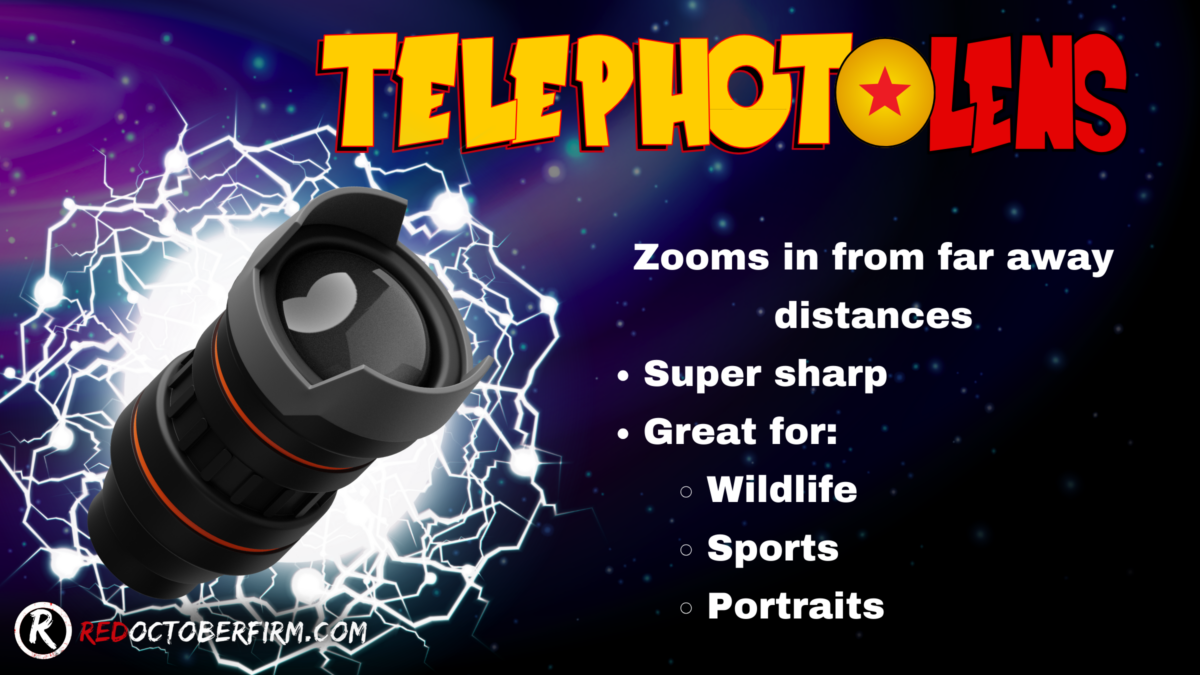
I recommend using a tripod for steady shots and use a slow shutter speed to create smooth water or cloud movement.
And watch out for very small apertures like f/22. They can cause diffraction.
This makes your whole image a bit soft.
Aperture in Photography – The Technical Stuff
Aperture settings affect more than just light and depth of field. They can impact image quality in several unexpected ways.
Lens Sweet Spot
Every lens has a sweet spot where it performs best. This is usually 2-3 stops down from the maximum aperture. At f/8 or f/11, most lenses produce their sharpest images.
Using the sweet spot can make your photos crisper, but you don’t always have to stick to it. Sometimes, other factors are more important.
Zoom lenses often have different sweet spots at different focal lengths. You might need to experiment to find the best settings for your specific lens.
Aperture and Lens Quality
Lens quality becomes more apparent at wider apertures. High-end lenses often perform better at f/1.4 or f/2.8 than cheaper ones.
Fast lenses with wide maximum apertures are usually pricier. They let in more light and can create a shallower depth of field. But they’re also bigger and heavier.
Prime lenses often have wider maximum apertures than zoom lenses. This can give you more control over depth of field and better low-light performance.
Diffraction and Smaller Apertures
Diffraction can reduce sharpness at very small apertures. It happens when light waves bend around the edges of the aperture blades.
As you stop down past f/11 or f/16, you might notice your images getting softer. This effect is more noticeable in cameras with higher-resolution sensors.
But don’t be afraid to use small apertures when you need them. Sometimes, the benefits of increased depth of field are greater than the slight loss of sharpness.
The Creative Aspects of Aperture in Photography
Now let’s talk about some ways you can get creative with changing your aperture.
Bokeh in Your Photos
Bokeh is the pretty, blurry background you see in some photos.
To get it, use a large aperture like f/1.8 or f/2.8. This makes your subject stand out from a soft, dreamy background.
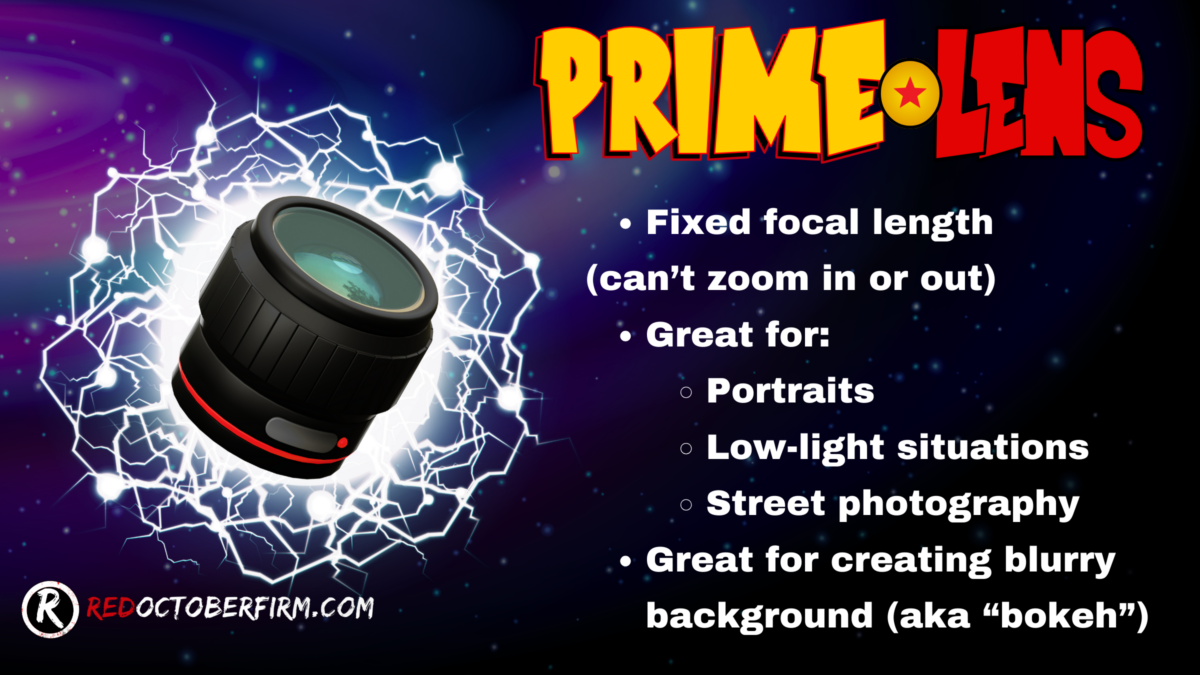
Large apertures work best for bokeh when you:
- Get close to your subject
- Use a longer focal length (like 85mm or more)
- Have some distance between your subject and the background
To practice, try shooting portraits or close-ups of flowers. Look for lights or bright spots in the background—these often turn into nice bokeh circles.
Using Aperture for Storytelling
Your choice of aperture can help tell a story in your photos. A wide aperture (small f-number) draws attention to one part of the scene. This works great for:
- Portraits where you want to focus on the person’s eyes
- Product photos that highlight a specific feature
- Nature shots that single out one flower or leaf
A narrow aperture (large f-number) keeps more in focus. Use this when you want to show:
- A whole landscape, from flowers in the foreground to mountains far away
- A busy street scene where every detail matters
- Group photos where everyone needs to be sharp
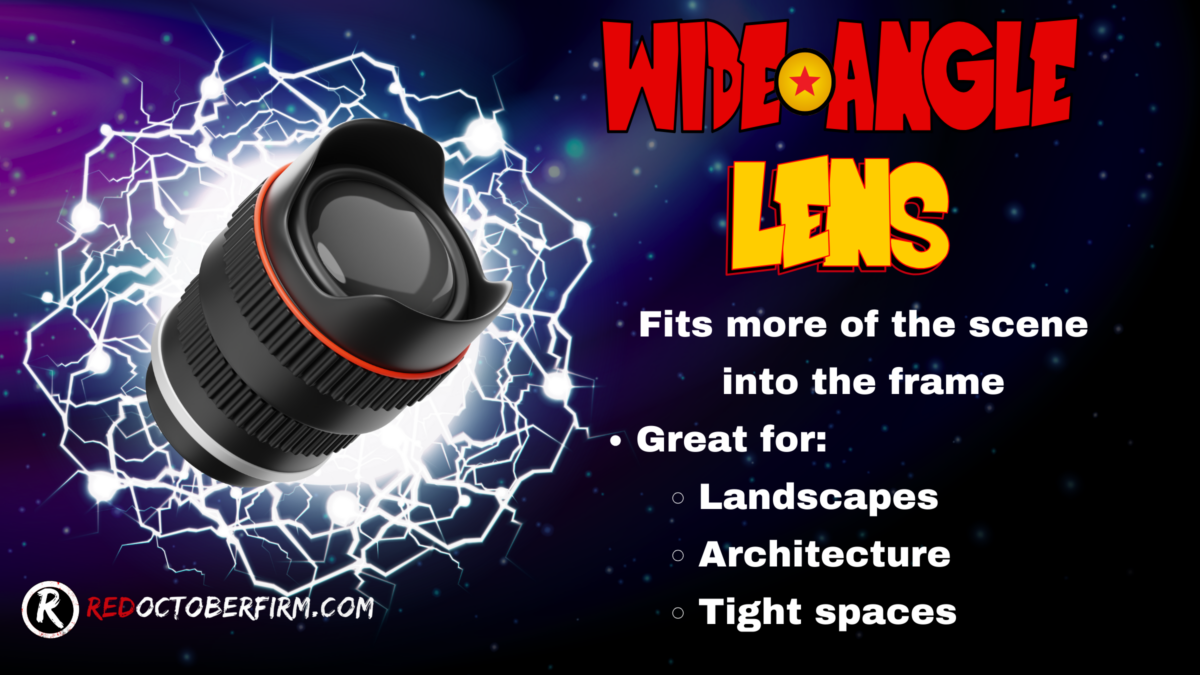
Camera and Lens Specifics
Different cameras and lenses offer varying aperture capabilities. Your choices can greatly affect the light and depth in your photos.
Aperture Range Variations by Lens Type
Prime lenses often have wider apertures than zoom lenses. A typical prime lens might open up to f/1.4 or f/1.8, letting in lots of light and creating a shallow depth of field.
Zoom lenses usually max out around f/2.8 or f/4.
Some specialty lenses push the limits even further. You can find ultra-wide aperture lenses that open to f/0.95!
On the flip side, most lenses can close down to f/16 or f/22. This gives you a deep depth of field, keeping more of your scene in focus.
Brand-Specific Aperture Characteristics
Canon and Nikon, two big camera brands, have their own lens lineups with unique aperture features. Canon’s L-series lenses are known for their wide apertures and sharp images, while Nikon’s top-tier lenses often match these capabilities.
Both brands offer lenses with constant apertures throughout the zoom range. This is handy when you’re shooting in changing light conditions.
Some brands use special aperture designs. For example, Fujifilm has lenses with rounded aperture blades. This can make your out-of-focus areas look smoother and more pleasing.
Your camera’s sensor size also plays a role.
Full-frame sensors work great with wide apertures, while smaller sensors might struggle in low light.
Post-Production and Aperture
Aperture choices made during shooting can be fine-tuned after the fact.
Digital editing gives you options to adjust exposure and enhance depth of field.
Editing for Exposure Corrections
Did your photo turn out too dark or bright?
No worries! Photo editing software lets you fix exposure issues. You can brighten underexposed shots or tone down overexposed ones.
For dark photos, try bumping up the exposure slider. This mimics the effect of using a wider aperture. To fix bright areas, lower the highlights or use the recovery tool.
Some programs have an auto-exposure feature, which can be a good starting point. However, you’ll often get better results by tweaking things yourself.
Focus Stacking for Depth of Field Enhancement
Want more of your image in focus? Focus stacking is your friend. This technique combines multiple shots taken at different focus points.
First, take a series of photos. Change the focus slightly for each one. Make sure your aperture and other settings stay the same.
Next, blend the images using software. Photoshop is the popular option.
The program aligns the shots and merges the sharpest parts of each. The result?
A photo with greater depth of field than you could get from a single shot. It’s like having the best of both worlds – a wide aperture for light gathering and a small aperture for deep focus.
Helpful Photography Aperture Table
Here’s a table that’ll help you choose the right aperture for your shots.
| Aperture | Effect | Best For |
|---|---|---|
| f/1.4 – f/2.8 | Very blurry background | Portraits, low light |
| f/4 – f/5.6 | Slightly blurry background | General use, street photography |
| f/8 – f/11 | Most things in focus | Landscapes, group shots |
| f/16 – f/22 | Everything sharp | Detailed scenes, the stars |
Remember, smaller f-numbers mean a wider aperture. This lets in more light and gives you a blurrier background. Larger f-numbers do the opposite.
Keep this table handy when you’re out shooting.
It’s a great starting point for choosing your aperture. Reference it when needed so you can quickly learn which settings work best for different situations.
Photography Basics Recap
Ok, let’s go over some important photography terms. You’ll need these to better understand aperture.
Exposure: This is how bright or dark your photo is. It depends on three things:
- Aperture
- Shutter speed
- ISO
Aperture: The opening in your lens that lets light in. It’s measured in f-stops like f/2.8 or f/8.
Shutter speed: How long your camera‘s shutter stays open. It can be super fast (1/1000 second) or slow (several seconds).
ISO: This is how sensitive your camera is to light. Higher ISO means brighter photos but more grain.
Depth of field: This is how much of your photo is in focus. A wide aperture (like f/2.8) gives you a shallow depth of field. This means less of your photo is sharp.
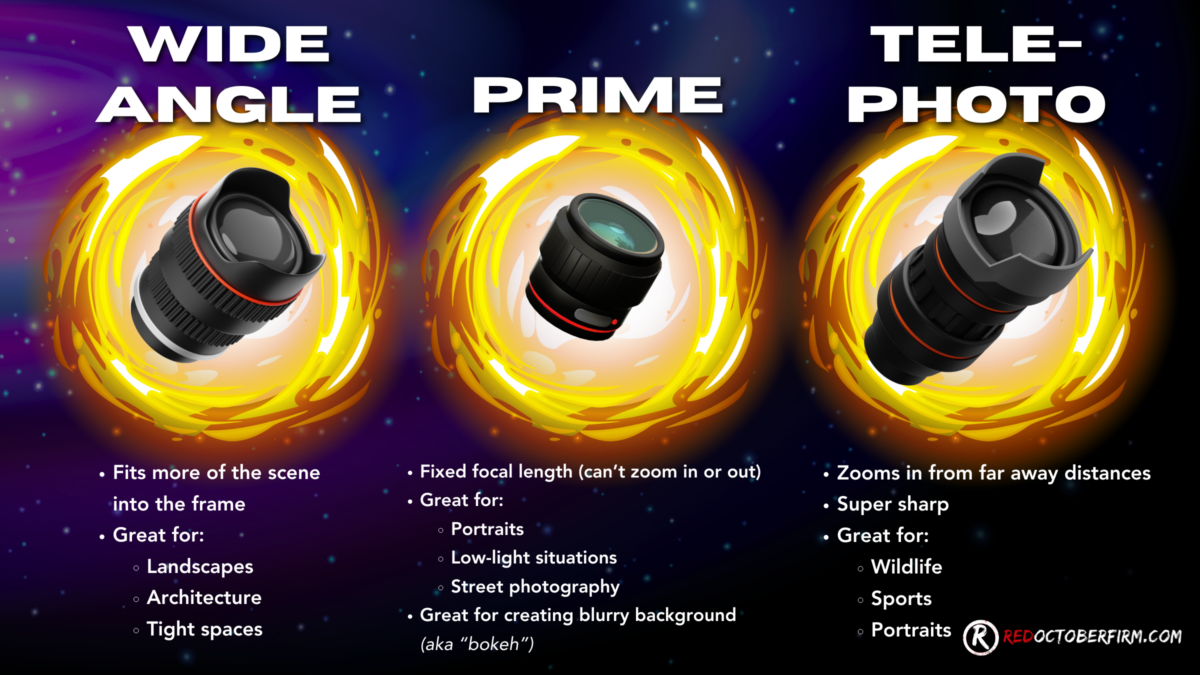
Remember, these all work together. If you change one, you might need to change another to keep the same exposure.
Play with these settings on your camera. Take a bunch of photos and see how they change. That’s the best way to learn!
My Closing Thoughts on Aperture in Photography
I know this might be a lot to take in. But listen, You NEED to know this stuff.
In photography, the whole point of a camera is to manipulate light to capture an image.
You’re light benders!
But to be a great light bender, you need to practice shooting so you can actually experience the difference between the different apertures.
Try shooting the same scene at f/2.8, f/8, and f/16. You’ll see how the look changes each time.
Plus, there’s no “perfect” aperture. It all depends on what you’re trying to do with your photos.
As you practice, you’ll develop an instinct for which aperture to use. And soon, you’ll be adjusting it without even thinking.
Happy shooting!
Frequently Asked Questions About Aperture
How does changing the aperture impact a photo’s depth of field?
Aperture changes how much of your photo is in focus. A wide aperture (small f-number) gives a shallow depth of field. This means only a small part of your photo is sharp. A narrow aperture (large f-number) gives a deep depth of field. This keeps more of your photo in focus.
What’s the deal with f-stops, and how do they relate to the aperture?
F-stops measure the size of your lens opening. They use numbers like f/2.8 or f/16. A small f-number means a big opening and a big f-number means a small opening. Each f-stop lets in half the light of the one before it.
Can you explain the difference between low and high aperture settings?
Low aperture settings have small f-numbers. They let in more light and blur the background. High aperture settings have big f-numbers. They let in less light and keep more in focus.
Why is the aperture important in controlling the brightness of a photograph?
Aperture is one way to control how much light hits your camera sensor. A wide aperture lets in more light, making your photo brighter. A narrow aperture lets in less light, making your photo darker.
In what ways can the aperture influence the sharpness of images?
Aperture affects sharpness in two main ways. It changes the depth of field, which affects how much is in focus. It also affects diffraction, which can make your whole image softer at very small apertures.
How does aperture work alongside shutter speed and ISO in exposure?
Aperture, shutter speed, and ISO work together to control exposure. If you change one, you often need to adjust the others.
A wide aperture lets in more light, which allows you to use a faster shutter speed or lower ISO.
